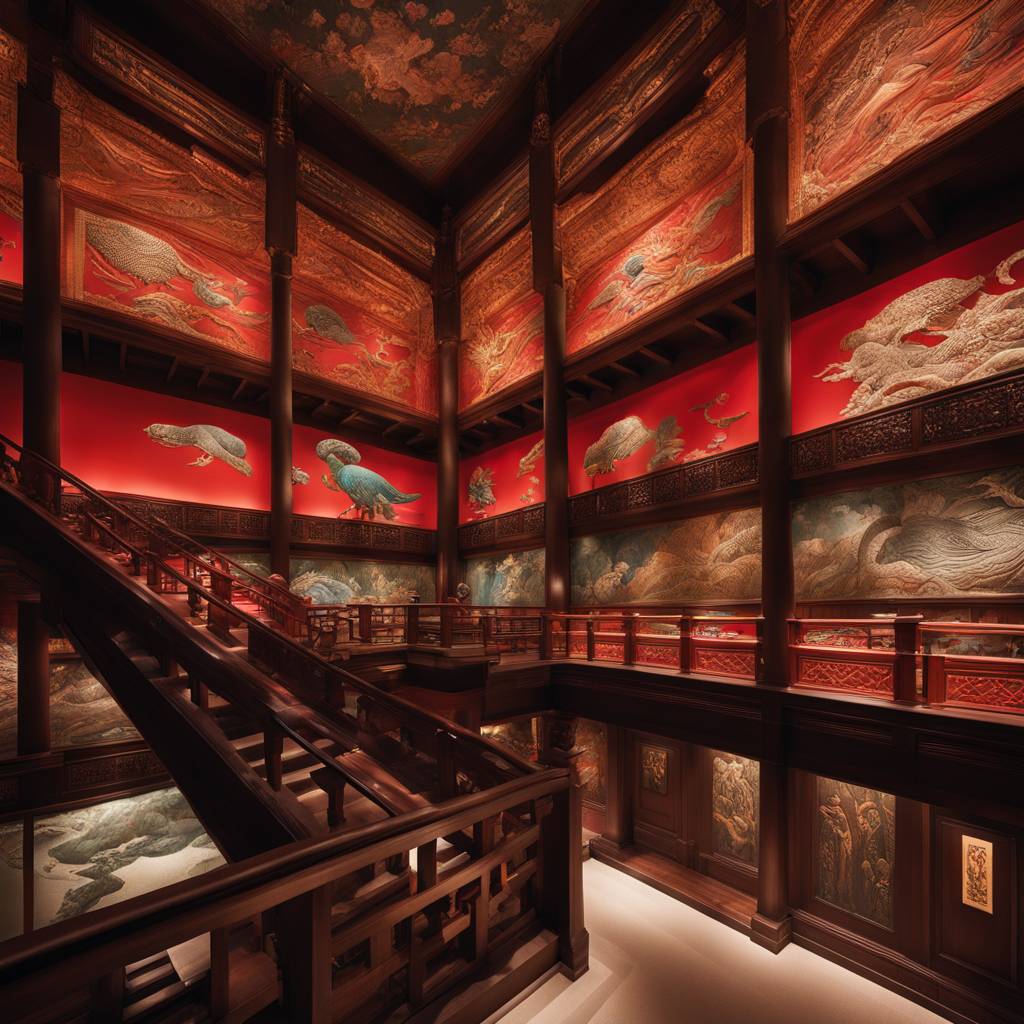The Rubin Museum of Art is known for its unique interior design, customer amenities, and collection of art from Himalayan Asia. It was a popular destination for art lovers when it first opened in 2004, offering a serene and inviting atmosphere for visitors to explore. The museum showcased ancient religious art from Tibet and other regions of Himalayan Asia, providing a unique perspective on the culture and history of the area. Over the years, the museum expanded its scope to include modern and contemporary art from Asia, as well as exhibitions on various religious traditions.
However, in recent years, the Rubin Museum has faced challenges such as staff cutbacks, declining audience numbers, and the rise of new age-inspired interactive projects that have shifted the focus away from its historical collections. As the museum prepares to permanently close its physical location in Chelsea, it will transition to being a “museum without walls,” with plans to sell the building and promote Himalayan culture internationally through digital platforms. The decision to close the physical space has left many former visitors feeling wistful about the loss of a once-beloved institution.
The museum’s final exhibition, “Reimagine: Himalayan Art Now,” showcases the work of contemporary artists of Asian descent responding to items in the museum’s historical collection. The exhibition features a mix of illustrational figurative painting, digital art, and installations that explore spiritual and ritual themes, creating a dialogue between past and present. While the show introduces new artists and perspectives to audiences, the emphasis on contemporary art sometimes overshadows the museum’s historical treasures, leaving some visitors nostalgic for the museum’s original focus.
The closure of the Rubin Museum reflects a broader trend in the museum world, where institutions face financial challenges, changing audience demographics, and a shift towards immersive experiences over traditional art objects. As museums like the Museum for African Art have disappeared or transformed into new entities, the loss of the Rubin Museum’s physical space represents a departure from its former identity as a welcoming and contemplative cultural hub. The museum’s decision to embrace a digital future highlights the changing landscape of art institutions in the 21st century.
While the Rubin Museum’s closure marks the end of an era, its legacy lives on through its collection, exhibitions, and contributions to the study of Himalayan art and culture. The museum’s commitment to showcasing the diversity and richness of Asian art, from ancient religious artifacts to contemporary creations, has left a lasting impact on the art world. As the museum transitions to its new role as a “museum without walls,” it will continue to inspire audiences around the world with its digital initiatives and promotion of Himalayan culture. Despite the challenges it faces, the Rubin Museum’s legacy as a hub of creativity and contemplation will endure for years to come.


